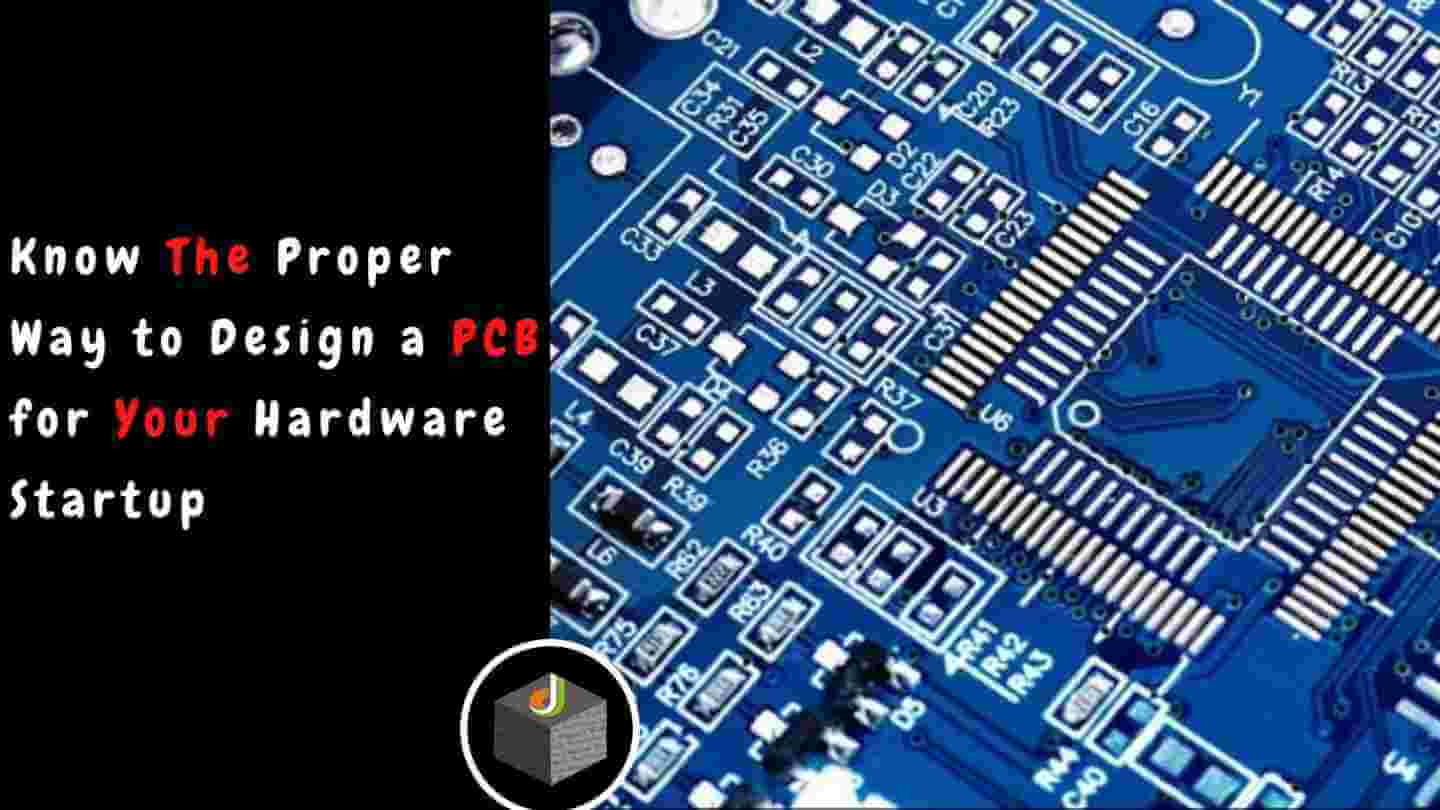
Printed circuit board design used to be reserved for engineers working for companies with deep pockets, but modern innovations in the PCB manufacturing industry have lowered costs and done away with minimum orders. People from all walks of life are now able to design and order their own circuit boards, whether they are at the end stages of mass producing their latest product, or creating an exciting new prototype.
The origins of successful startups can often be found in basements, garages, and living rooms. You no longer have to have a large amount of capital, years of experience, or even a dedicated workspace to create a startup; all you need is a new and marketable idea.
With a wealth of free PCB design resources available online, from comprehensive written guides to professionally produced instructional videos, it is easier than ever to learn how to draft a PCB design for your project. When combined with the recent lowered costs of printed circuit board manufacturing, the barriers to entry are virtually eliminated. When creating an unprecedented product for a hardware startup, the process can be both exciting and daunting, but the steps for designing a custom PCB remain fundamentally the same.
1. Create (and Stick to) a Budget
Printed circuit boards are able to be produced inexpensively, but with any new startup, unexpected costs should be expected. With such a wide range of available components, materials, and options available, it’s easy to spend well over the amount you had anticipated.
Before starting any PCB design, determine what your budget is, and give yourself a cushion of funds in case of any unplanned expenses. You don’t want to operate on a razor thin margin, since that could quickly force you to make hard choices that could jeopardize your vision.
If you are brand new to designing PCBs, you also need to include the cost of software and educational products and services that may be required to prepare you for the process of making your own printed circuit boards.
2. Draft a PCB Schematic
Keep in mind when creating a timeline for your project, that it takes a considerable amount of time to learn how to operate PCB software and create a working knowledge of the basics of printed circuit board science and design.
When you finally sit down to create your printed circuit board schematic, it is an exciting moment for your hardware startup. Your PCB schematic is the backbone of your entire project, displaying the layout of all of the components, along with the connections and outputs that are required for your product.
To begin, create the simplest version of what is necessary for your idea. Once you have a PCB schematic that doesn’t throw any errors in your design software, you can begin to experiment with the components and their placement. Your goal should be to balance performance and costs, which is easier said than done. It is typical to create multiple versions of your PCB prototype, so that you can compare their performance and utility.
3. Compile an Itemized List of Components for Your PCB Design
Armed with a budget and a draft of your schematic, you will be able to create a master list of materials and components required for your PCB design. You should also specify the estimated number or amount of each item based on the volume of printed circuit boards you plan on manufacturing. If you are planning to place a high-volume order, you may receive a discount on raw materials.
This itemized list is often called a bill of materials (BOM). BOMs are used to easily identify where costs could be cut, or components should be upgraded. It makes it immeasurably easier to stay under budget as the manufacturing process gets underway.
4. Perfect the Layout of Your PCB Design
Once your budget, layout, and bill of materials are created, it’s time to perfect your layout and design to anticipate issues that can occur during manufacturing. Things like spacing, wiring direction, trace angles, and temperature management should be taken into account and thoroughly considered so you don’t rush into production with a subpar design.
5. Check for Errors Using Computer Simulations
Throughout the PCB design process, you should be periodically running computer simulations for your schematic and layout. Being able to identify circuit errors early on can save you an immense amount of time and frustration.
Modern PCB softwares can often identify common errors, and suggest solutions that may help fix problems that are discovered. If your printed circuit board design is throwing errors and you are unable to determine the source of the issue, you will not be able to begin manufacturing your circuit boards.
6. Download the Gerber File for Your PCB Design
The industry standard file type for PCB designs is called a Gerber file. This type of file is able to be saved from any printed circuit board design software. You will submit the Gerber file for your printed circuit board design along with the bill of materials to your PCB manufacturer.
7. Create a Working Relationship With Your PCB Manufacturer
Printed circuit board manufacturers play a vital part in the success of your hardware startup. Most high quality PCB manufacturers are happy to help you by answering questions, addressing design concerns, and providing valuable insight that comes from years of experience in the industry.
PCB manufacturers typically have staff engineers who are available for consultation, and who are able to make a professional assessment of your design. They can offer advice regarding issues that may have gone unnoticed, or help you optimize your design and/or BOM. It’s also a good idea to talk about whether prototype board testing is necessary at this stage; this is often done when ordering a large volume of boards to safeguard against receiving an entire order of defective PCBs.
A healthy working relationship with your PCB manufacturer will be crucial as your hardware startup begins to scale. Try to make as many personal networking connections within the company as possible so that you stay informed and aware of what is happening on a daily basis.
Digital Web Services (DWS) is a leading IT company specializing in Software Development, Web Application Development, Website Designing, and Digital Marketing. Here are providing all kinds of services and solutions for the digital transformation of any business and website.










